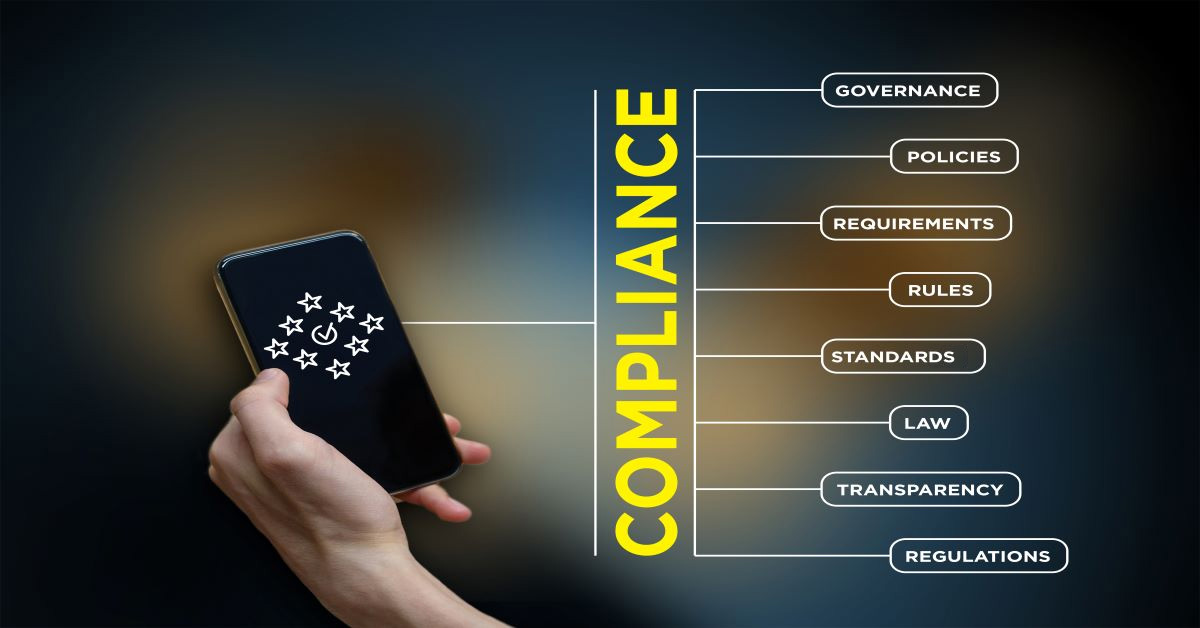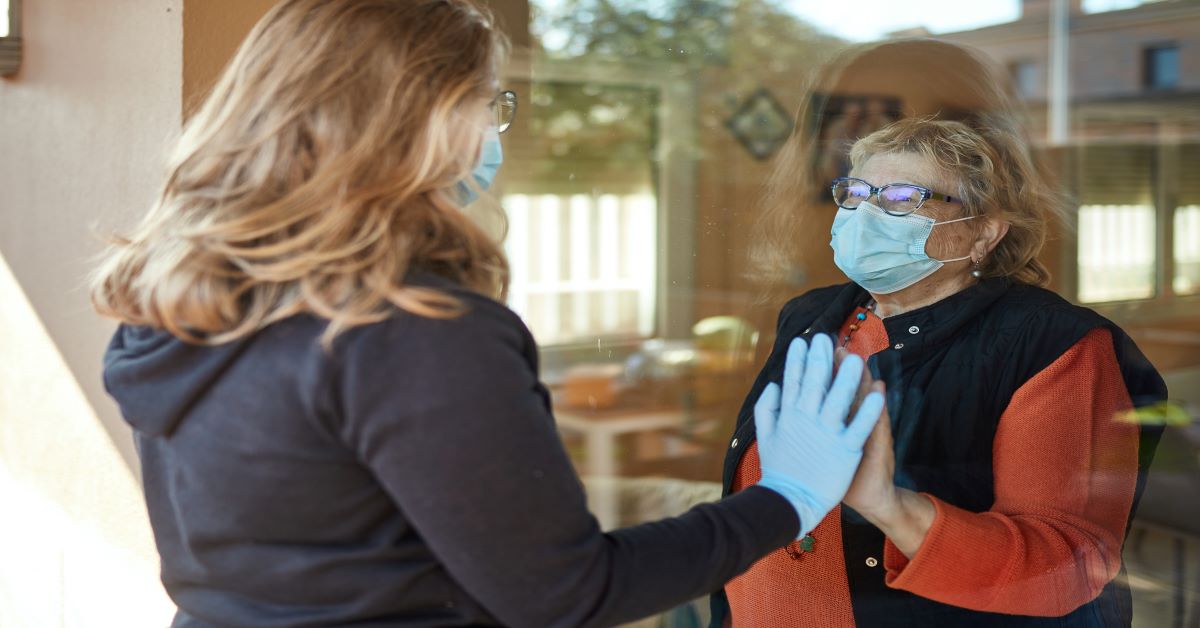[vc_row css_animation="" row_type="row" use_row_as_full_screen_section="no" type="full_width" angled_section="no" text_align="left" background_image_as_pattern="without_pattern"][vc_column][vc_column_text]
California Electronic Visit Verification Phase II Information
Like most other states, EVV was mandated for the state of California via the 21st Century Cures Act. Phase I of California EVV began at the start of 2021, with Phase II set to begin in January of 2022. What services are covered? Who is California's EVV state aggregator, and can I select my own system for my agency? We answer those questions and cover the bases in this blog...











